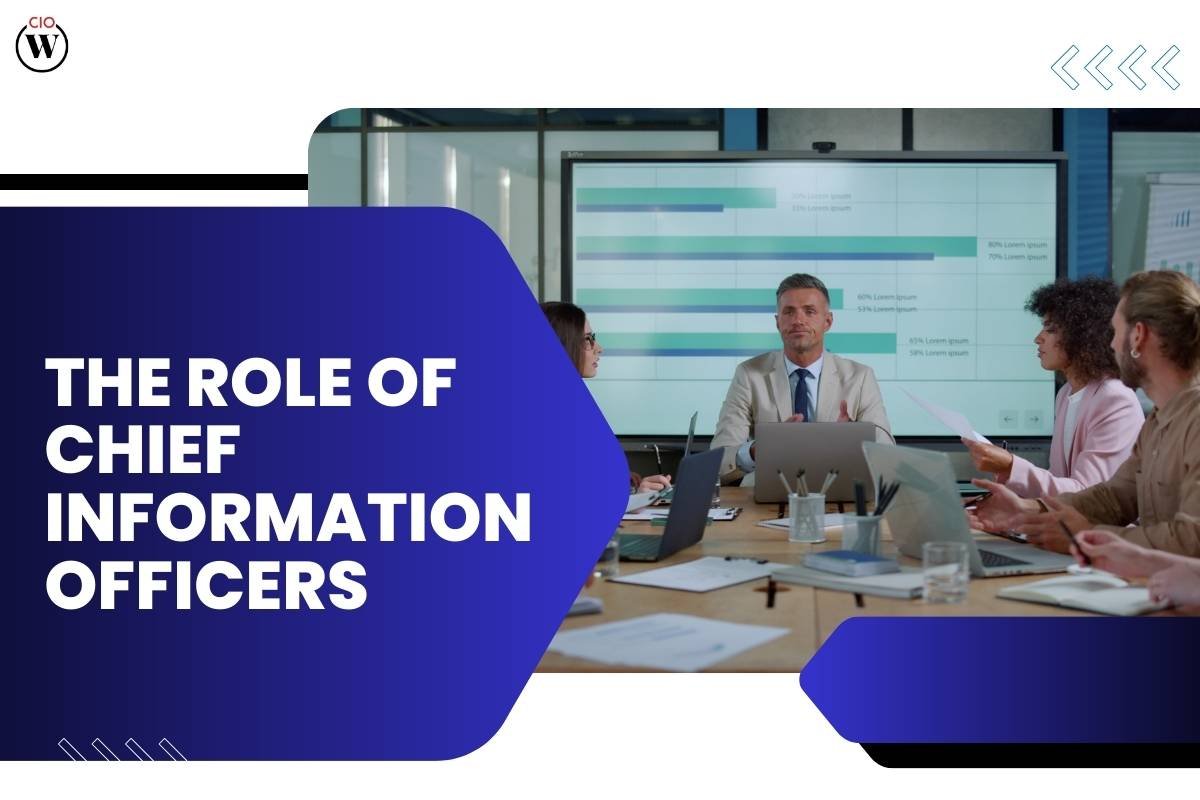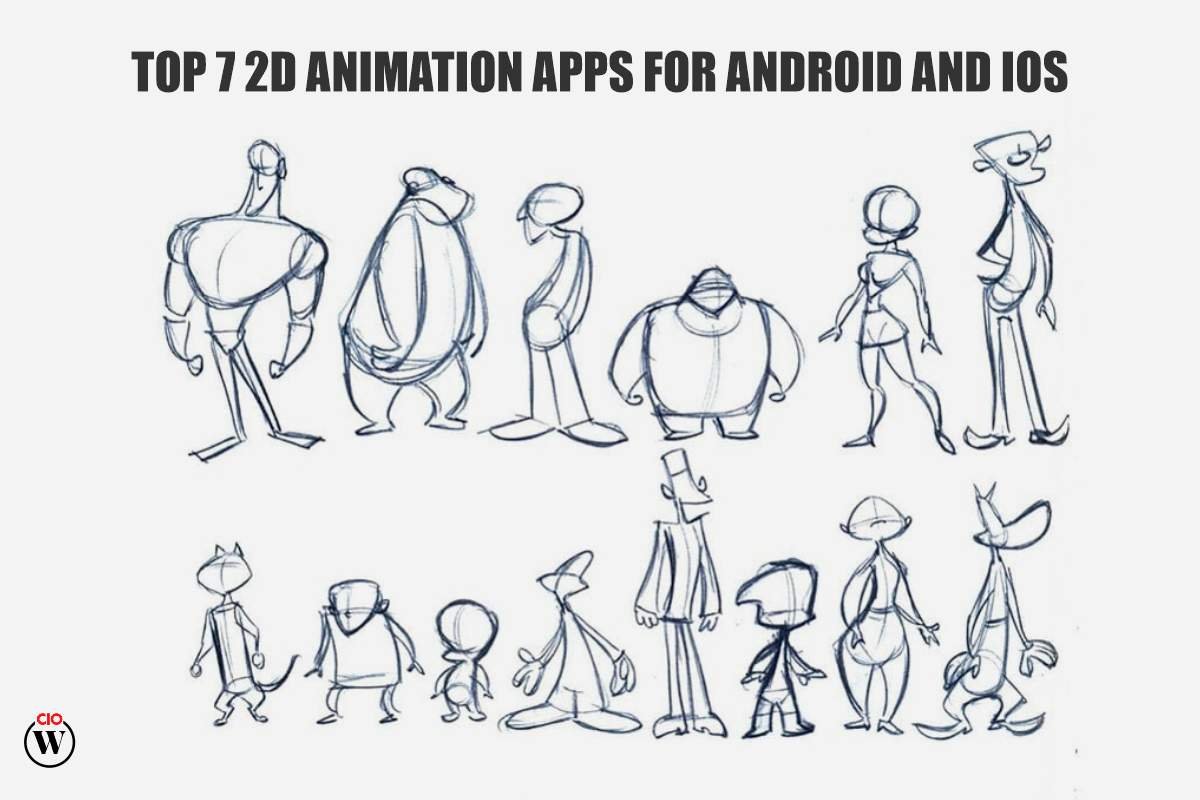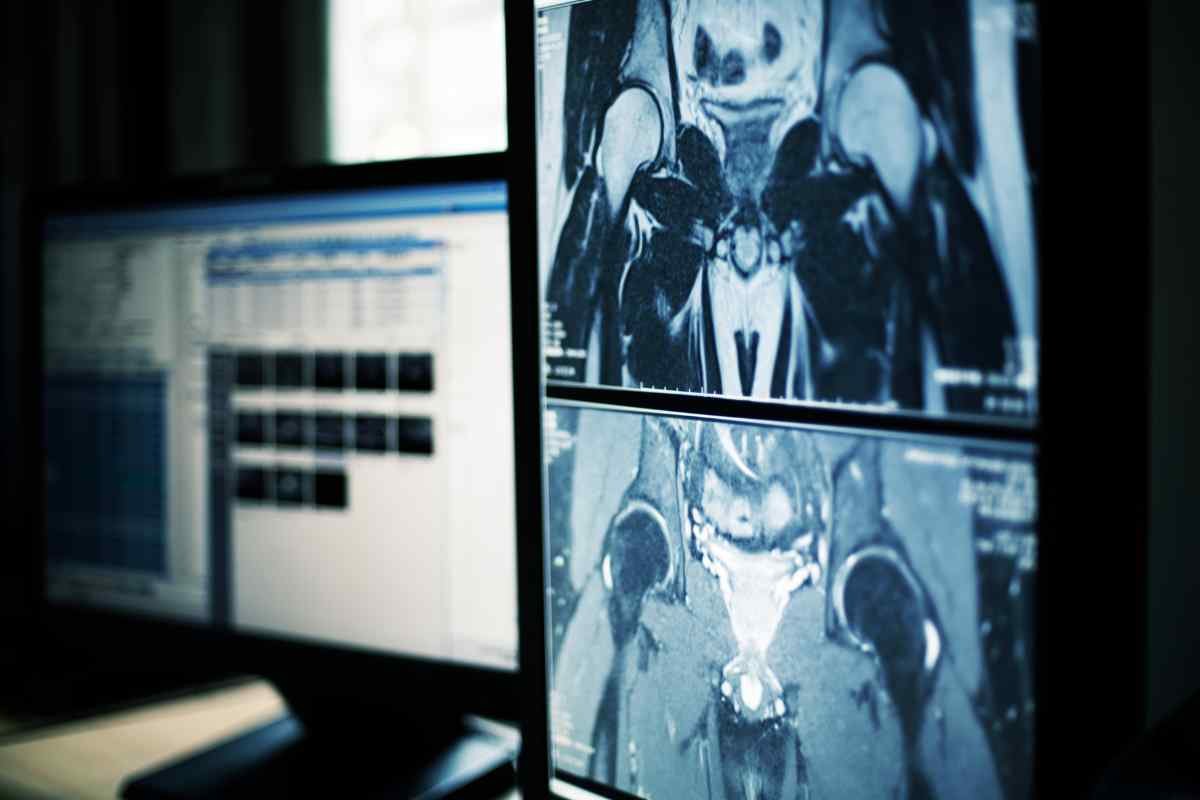The role of the Chief Information Officer (CIO) has become increasingly crucial today. The Chief Information Officer is responsible for overseeing an organization’s information technology (IT) strategy, ensuring that technology investments align with business goals, and safeguarding the organization’s digital assets. This article delves into the multifaceted responsibilities of the Chief Information Officer, the evolving nature of the role, and its significance in modern enterprises.
Historical Context and Evolution of the Chief Information Officer
The position of the Chief Information Officer emerged in the late 20th century as businesses began to recognize the strategic importance of information technology. Initially, the role was primarily technical, focused on managing IT infrastructure and ensuring the operational efficiency of computer systems. However, as technology became integral to business strategy and operations, the scope of the CIO expanded significantly.
Today, the Chief Information Officer is not only a technology leader but also a key player in business strategy. The modern CIO must understand both the technical and business aspects of the organization, bridging the gap between technology and business goals. This evolution reflects the growing recognition that technology is a critical enabler of business success.
Key Responsibilities of a Chief Information Officer
The responsibilities of a Chief Information Officer are diverse and continually evolving. Here are some of the core duties typically associated with the role:
1. Strategic Planning and Alignment
One of the primary responsibilities of a Chief Information Officer is to develop and implement an IT strategy that aligns with the organization’s overall business objectives. This involves understanding the company’s strategic goals, identifying technological opportunities that can drive growth, and ensuring that IT initiatives support these goals. The CIO must collaborate with other senior executives to integrate technology into the business plan effectively.
2. Technology Leadership and Innovation

The Chief Information Officer is tasked with leading technological innovation within the organization. This includes staying abreast of emerging technologies, assessing their potential impact on the business, and leading the adoption of new solutions. The CIO must foster a culture of innovation, encouraging the IT team to explore new ideas and approaches that can enhance business performance.
3. IT Governance and Risk Management
Effective IT governance is crucial for ensuring that technology investments deliver value and support business objectives. The Chief Information Officer is responsible for establishing governance frameworks that oversee the management of IT resources, projects, and services. Additionally, the CIO plays a critical role in risk management, identifying potential technological risks and implementing measures to mitigate them. This includes cybersecurity, data privacy, and compliance with regulatory requirements.
4. Resource Management
Managing the organization’s IT resources, including personnel, budget, and infrastructure, is another key responsibility of the Chief Information Officer. The CIO must ensure that the IT department operates efficiently, with the right mix of skills and resources to support the organization’s needs. This involves talent acquisition and development, budget planning, and optimizing the use of technology assets.
5. Stakeholder Communication and Collaboration
The Chief Information Officer must communicate effectively with various stakeholders, including senior executives, employees, customers, and vendors. This requires translating complex technical concepts into business language that non-technical stakeholders can understand. The CIO must also collaborate with other departments to ensure that IT initiatives are aligned with their needs and that technology solutions are effectively integrated into business processes.
The Evolving Role of the Chief Information Officer
As technology continues to evolve, so does the role of the Chief Information Officer. Several trends are shaping the future of the CIO position:
1. Digital Transformation
Digital transformation is a top priority for many organizations, and the Chief Information Officer is at the forefront of these efforts. The CIO must lead initiatives to digitize business processes, enhance customer experiences, and create new revenue streams through digital products and services. This requires a deep understanding of digital technologies such as cloud computing, artificial intelligence, and the Internet of Things (IoT).
2. Data-Driven Decision Making
In the era of big data, the Chief Information Officer plays a crucial role in leveraging data to drive business decisions. The CIO is responsible for implementing data analytics platforms, ensuring data quality and governance, and fostering a data-driven culture within the organization. By harnessing the power of data, the CIO can help the organization gain insights, optimize operations, and create competitive advantages.
3. Cybersecurity and Data Privacy
With the increasing frequency and sophistication of cyber threats, cybersecurity has become a critical concern for organizations. The Chief Information Officer must ensure that robust cybersecurity measures are in place to protect the organization’s digital assets. This includes implementing security protocols, conducting regular risk assessments, and staying informed about the latest threats and vulnerabilities. Additionally, the CIO must ensure compliance with data privacy regulations, protecting sensitive information from unauthorized access and breaches.
4. Collaboration and Partnership

The Chief Information Officer must build strong relationships with external partners, including technology vendors, consultants, and industry peers. These partnerships can provide access to cutting-edge technologies, best practices, and new business opportunities. The CIO must also collaborate with internal stakeholders to ensure that IT initiatives are aligned with business needs and that technology solutions are effectively integrated into the organization’s operations.
Challenges Faced by Chief Information Officers
The role of the Chief Information Officer is not without its challenges. Some of the common challenges faced by CIOs include:
1. Keeping Pace with Technological Change
The rapid pace of technological change can be daunting for Chief Information Officers. Staying current with emerging technologies, assessing their potential impact on the organization, and making informed decisions about technology investments require continuous learning and adaptability.
2. Balancing Innovation and Operational Efficiency
While innovation is critical for driving business growth, the Chief Information Officer must also ensure that the organization’s IT operations run smoothly and efficiently. Balancing the need for innovation with the need for operational stability can be a challenging task.
3. Managing Cybersecurity Risks
As cyber threats become more sophisticated, the Chief Information Officer must stay vigilant and proactive in managing cybersecurity risks. This includes implementing robust security measures, conducting regular risk assessments, and ensuring that employees are trained in cybersecurity best practices.
4. Aligning IT with Business Goals
Ensuring that IT initiatives align with business goals requires effective communication and collaboration with other senior executives. The Chief Information Officer must bridge the gap between technology and business, translating technical concepts into business language and demonstrating the value of IT investments.
The Future of the Chief Information Officer Role
The role of the Chief Information Officer will continue to evolve in response to changing business needs and technological advancements. Some of the key trends that will shape the future of the CIO role include:
1. Increased Focus on Customer Experience
As organizations strive to enhance customer experiences, the Chief Information Officer will play a key role in implementing technologies that improve customer interactions and satisfaction. This includes leveraging data analytics, artificial intelligence, and digital platforms to create personalized and seamless customer experiences.
2. Emphasis on Agility and Flexibility
In a rapidly changing business environment, organizations need to be agile and adaptable. The Chief Information Officer will be responsible for implementing flexible IT architectures that can quickly respond to changing business needs. This includes adopting cloud-based solutions, microservices, and DevOps practices.
3. Integration of Emerging Technologies

Emerging technologies such as artificial intelligence, blockchain, and quantum computing have the potential to transform business operations. The Chief Information Officer will need to stay informed about these technologies, assess their potential impact, and lead their integration into the organization’s operations.
4. Greater Collaboration with Business Units
As technology becomes increasingly integrated into all aspects of the business, the Chief Information Officer will need to collaborate more closely with business units. This includes working with marketing, sales, finance, and operations to ensure that technology solutions support their specific needs and objectives.
Conclusion
The role of the Chief Information Officer is critical to the success of modern organizations. As technology continues to evolve, the responsibilities of the Chief Information Officer will expand, requiring a balance of technical expertise, business acumen, and strategic vision. By staying current with emerging technologies, fostering a culture of innovation, and aligning IT initiatives with business goals, the CIO can drive organizational success and create a competitive advantage in the digital age. As we look to the future, the Chief Information Officer will undoubtedly play a pivotal role in shaping the technological landscape of the business world.









